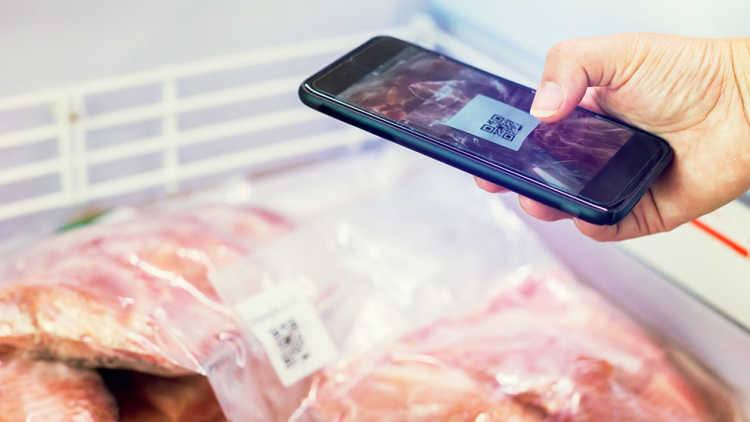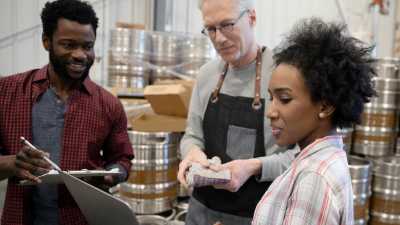Want to build trust and tell your food story? Create product experiences

Food companies are leveraging immersive and radically transparent marketing strategies.
As the wants and demands of Canadians change, food companies are leveraging immersive and radically transparent marketing strategies to boost sales both on and offline.
The overall objective? Create full-fledged experiences as well as high-quality products.
Omnichannel experience
According to Nourish Food Marketing, Generation Z — those nine million Canadians born in the mid-to-late 1990s through to the early 2010s — are the up-and-coming demographic poised to change the food marketing game. But despite being the first generation to grow up always connected to the Internet, they still crave real encounters.
For food production companies, this translates to a need for an immersive, customized, seamless and frictionless omnichannel experience. Doing so makes customers far more likely to engage with and be influenced by in-store and special events.
Radical transparency
For Jo-Ann McArthur, president and chief strategist for Nourish, accomplishing such a goal often involves building trust through “radical transparency.” That is, showing the customer exactly where — if not also how — a product reaches the digital and brick-and-mortar shelf.
“It’s more of a ‘show me’ rather than ‘tell me,’” McArthur says, noting the more details food and beverage manufacturers can provide, the better.
What do radically transparent experiences look like in practice? There’s no definitive answer, but in McArthur’s experience, many companies found significant value in QR codes. She points to international companies that thrive at delivering immersive experiences to their customers.
For example, Vital Farms in the United States support their claims of happier hens and better-tasting eggs via a QR code that transports buyers to the farm via a (pre-recorded) video stream – highlighting where and how the hens live.
Similarly, though without a scannable code, customers of Irish potato crisp company Keoghs can access Spud Nav – an online tool which, after entering the name of the farm provided on each bag, shows the exact field where the individual bag of crispy potatoes came from.
“What can you do to go deeper into the story of that product? Radical transparency builds trust,” says McArthur.
Co-opting an experience
Taking unconventional routes to the wider public is another strategy.
The Swedish dairy substitute company Oatly started by selling to baristas and coffee shops before grocery stores. Doing this tied the product to the café experience, making the company’s products extremely sought after upon wider retail release.
Even adding tasting notes or more romantic sounding (but still accurate) ingredient names to packaging can contribute to the much-desired, multi-sensory experience.
An accelerating trend
Vince Sgabellone, a Canadian food and food service industry analyst, expects digital engagement between companies and customers to continue its strong growth.
Sgabellone says trends like direct-to-consumer selling mean companies in both arenas need to raise their online game.
“Lines are getting blurred, and marketing to end-consumers is now more digital,” he says.
Overall, look to create experiences with your product where every shopping experience the consumer has — whether digital or in-person — from the naming, packaging, social media, website and grocery store shelves – works together to create a unified message. That unity reinforces your brand and company and enhances the overall experience of the consumer with your product.
“You’ll create a stronger brand the more experiences you touch on, as long as it’s cohesive,” McArthur adds.
Bottom line
Cultivating brand and product trust and creating a multi-sensory experience helps food and beverage manufacturers tell the story of their products to consumers. Consider using tools like QR codes to showcase where product ingredients come from or online tools to help consumers track the origins of the product they’re consuming. Experts say digital engagement is expected to grow.
Article by: Matt McIntosh

In this video series, get tradeshow and marketing tips from Canadian foodservice industry professionals.

